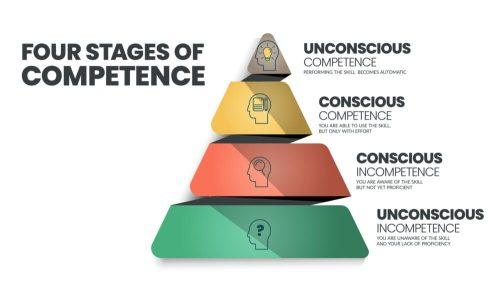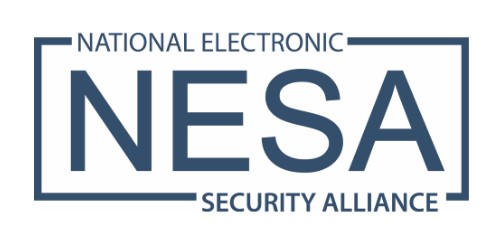
5.23.25 – SSI -Paul Boucherle
Competence in multiple areas, including conscious incompetence, enables businesses to pursue more complex projects with fewer people.
Last month, in the first part of my four-part series exploring how your team members’ competence could affect their performance, I looked at those who fall into the Unconscious Incompetence (UI) category. Now, let’s take a step up the competence pyramid to look at the second competence level — Conscious Incompetence (CI).
Conscious Incompetence (CI)
The best description for this group is that they are self-aware. They recognize that they lack the knowledge to do a task that is important for their role and career. They recognize that their lack of knowledge is a detriment to advancement in their career. They will make mistakes along this path. How they are coached or mentored through making mistakes is key to their success.
I welcome people making mistakes as part of their career growth. Mistakes are great tutors of improvement — once. They have taught me the greatest lessons over the last 40 years. The trick is discovering why and how someone makes a mistake.
As a manager, I have always asked people on my team one question to coach them: “If you could do that over again, what would you have done differently for a better outcome?”
Listen very carefully to their response. If they’re honest and accountable and deconstruct the event, reflecting critical thinking for a better outcome next time, you have a keeper who is coachable.
The following are key points to consider when working with a person who falls into the Conscious Incompetence category:
- Be practical and tactical with their development plan.
- Identify the most critical skills that they lack; address and prioritize them.
- Identify your strategy and method to deliver competence training.
- Establish a prioritized and phased approach to build their competence, as well as their confidence.
- Establish scheduled meetings with them in advance to check their progress.
- Establish micro goals to test their competence; coach them and provide honest feedback.
- Immediately assign them new tasks that will use that new skill.
- Move on to the next skill goal.
Coaching Points for Conscious Incompetence
Some coaching points: I develop a size D drawing with a segmented wheel that delineates crucial areas of competence, with clear statements of expectations for each section. Then, include an area for initials — theirs and yours (or their supervisor’s) — for each segment and a target time for completion.
When the individual has received training, feels confident and can perform that task, they initial the segment. The next step, which everyone tends to miss when measuring competence, is a live test of that skill — a test witnessed by you or their supervisor. Make them do this in a real scenario.
Why does this work? A graphical representation of competence progress builds their confidence in delivering value to customers and to your company. And, for you, it confirms their progress, their eagerness to learn and that they have the next level of confidence to attack. It’s also kind of fun!
Once they demonstrate a new skill, observe their mastery of that new skill over time. A new skill takes some time to hone so that it’s possible to deliver faster, better and more confidently. This approach also drives better, timelier and more efficient communication between supervisors and team members.
One prominent reason that new hires leave a company is poor onboarding and a perceived lack of connection with their immediate supervisor. People typically don’t leave companies; instead, they leave bosses!
The greatest responsibility a manager or supervisor has is to effectively develop their people. The company has given them valuable assets to help them accomplish their mission. If you’re a supervisor, make sure your people are confident and competent enough to accomplish their mission!
How long will this take? I would say about 12 to 14 months for the top 12 core competencies that a person is expected to perform competently but not yet at speed. This takes practice. Just be patient and chart their progress.
Level and Depth of Self-Awareness
Finally, pay close attention to the new hire’s level and depth of self-awareness to help develop their potential. Ask them what would make them more productive, or how their training could be improved. Listen very actively and carefully.
Watch their body language and note the words they choose. They may not feel confident enough to criticize anyone or anything. If appropriate, ask if they could change one thing in retrospect what it would be. This takes some pressure off and drives deeper communication.
Next month, we will discuss individuals exhibiting Conscious Competence and how to take them to the next level.
